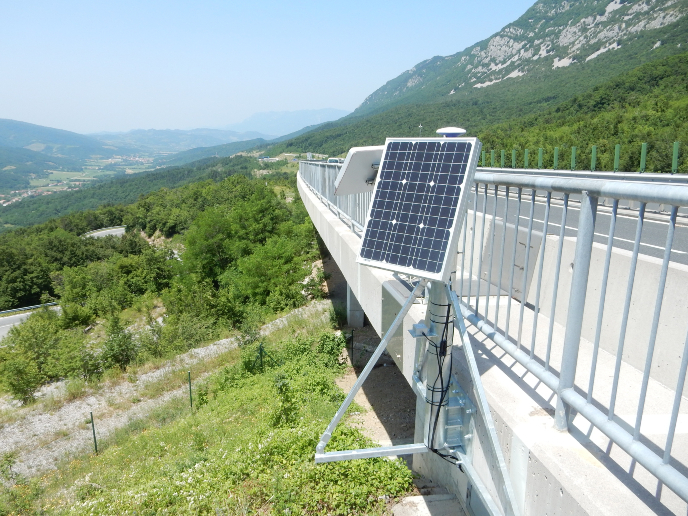Are satellite navigation systems secure against jamming?
EM interference (jamming) signals can affect GNSS SiS (Global Navigation Space System Signal-in-Space) integrity in safety-critical air navigation applications. However, the severity of the threat is unknown. The global transition to GNSS as a primary means of airspace navigation necessitates a better understanding of the hazards to devise reliable countermeasures. The GSINTA (GNSS signal-in-space integrity assurance) project has developed short term solutions. These are based on existing technical implementations of both GNSS receivers and FRP (fixed reception pattern) antennas as well as state-of the-art techniques developed purposely to protect GNSS signals for safety-critical air navigation applications. Contributions have included new signal filtering and navigation algorithms, with fully operational validation in critical airspace navigation applications. Researchers focused on on-board monitoring and mitigation of jamming effects of GNSS baseband SiS for aircraft using standard GNSS aviation antennas. The objective was to assess SiS integrity with regard to external interference signals, and provide jamming mitigation at the GNSS receiver level. The main practical objective of the GSINTA was the development of the IDLaM (Interference Detection, Localisation and Mitigation) on-board aircraft solution. This is based on novel adaptive signal processing techniques using multiple FRP antennas (EASA ETSO C-190 antennas, already a standard configuration on civil aircraft). In particular, an aircraft bottom-mounted GNSS antenna was used to as a probe to pick-up mixed GNSS+jamming signal, which was then transformed to match the jamming signal at top-mounted antennas. Project members successfully detected jamming signals and developed GNSS SiS anti-jamming systems. Moreover, this was achieved using existing on-board aircraft navigation technology and state-of-the-art signal processing methods implemented at the GNSS receiver level. This allows safe completion of flights in a jamming countermeasures environment, even during the most critical approach for landing phase. The GSINTA solution is applicable not only to air navigation, but also to most Safety-of-Life applications, where technical solutions must be both simple and robust.







